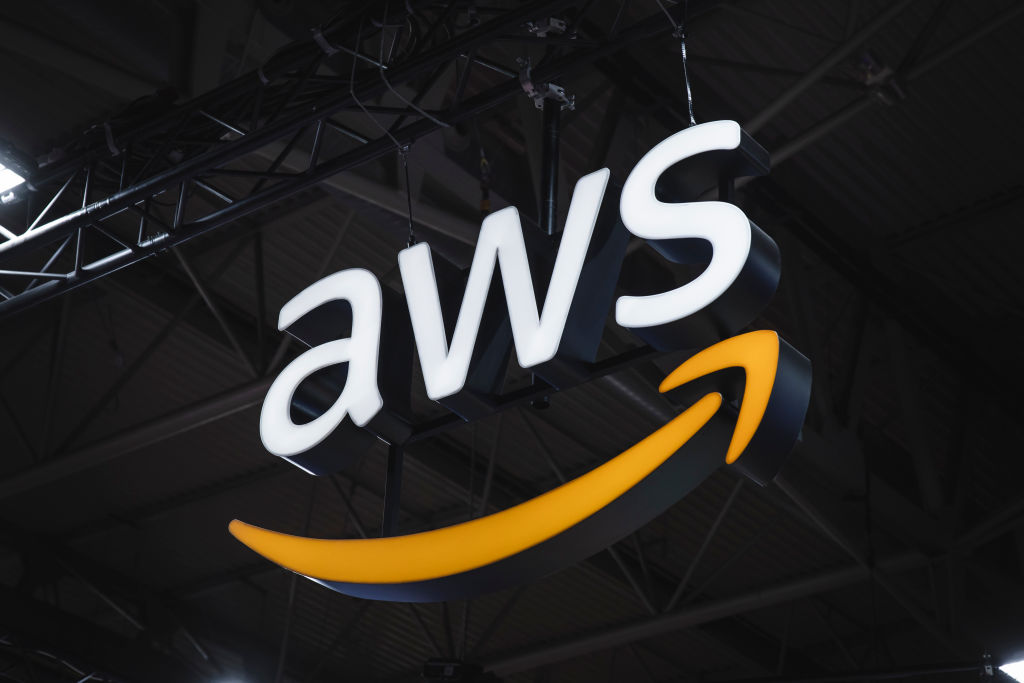Why AWS isn't adding new languages to CodeWhisperer just yet
AWS' GM for CodeWhisperer identified language parity as a key focus
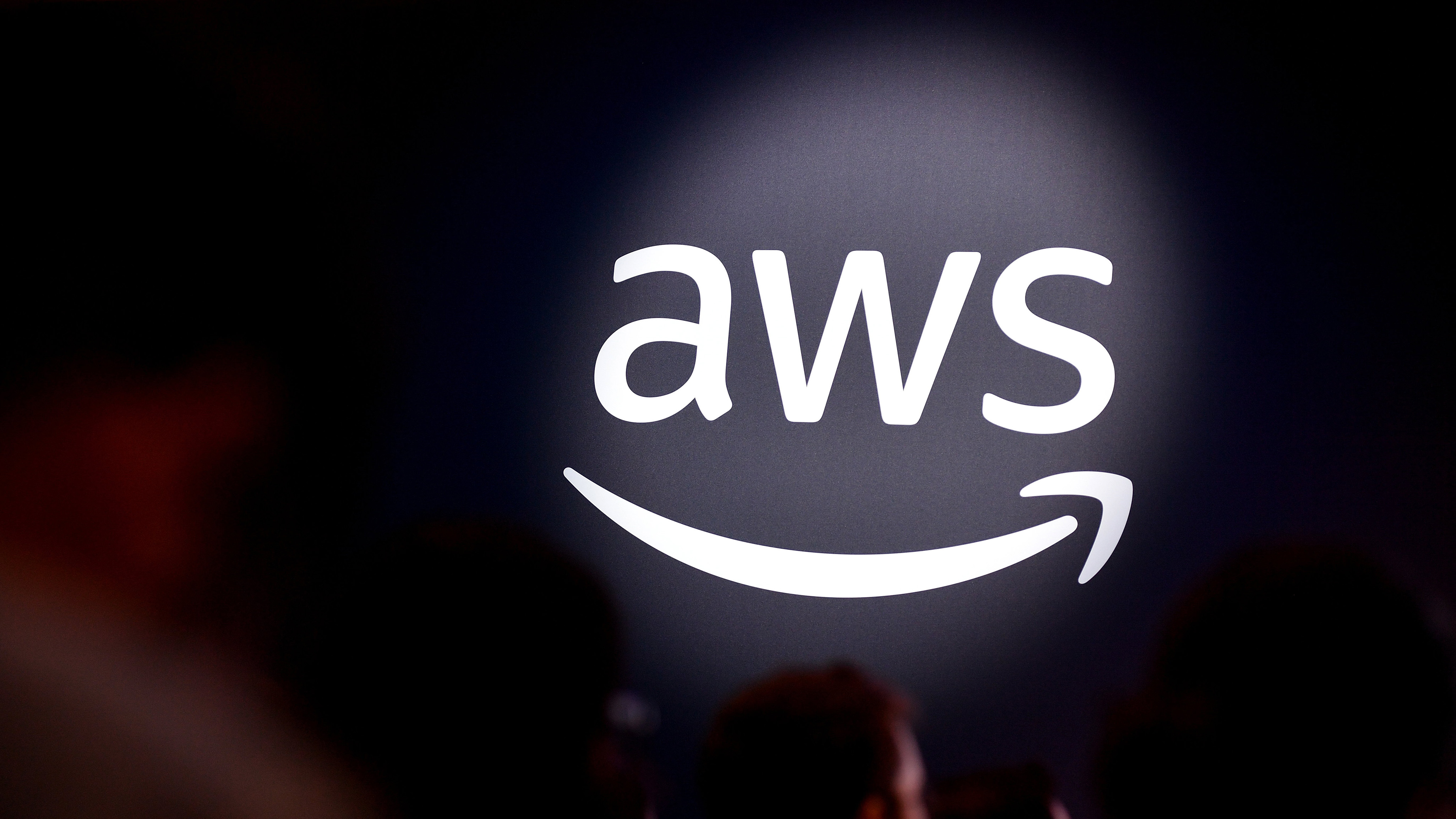

AWS has targeted greater precision for its CodeWhisperer service and aims to ensure code suggestions are of equal quality regardless of language.
Customers on the new CodeWhisperer Enterprise tier will be able to create a ‘customization’ for CodeWhisperer, which connects the service via AWS’ CodeStar Connections API to a repository such as GitLab, GitHub, or an Amazon Simple Storage Service (S3) bucket.
To focus on a specific section of code rather than all the code in a repository, customers can separate that code into a separate S3 bucket and connect CodeWhisperer directly to that.
The new feature comes at a time of heightened innovation in the space of generative AI, with CodeWhisperer sharing a market with a wide range of other AI assistants such as Microsoft’s Copilot.
AWS' CodeWhisperer goals
Speaking to ITPro, Doug Seven, general manager of Amazon CodeWhisperer, said the primary strategy for the coding assistant right now is to continually improve its effectiveness with the 15 programming languages it knows.
“I'm really concerned about things like parity among the languages,” said Seven.
“The experience I have in Python, I want to be the same as the experience I have in Rust. And right now there's a disparity of those things in terms of what CodeWhisperer is able to do.”
Get the ITPro daily newsletter
Sign up today and you will receive a free copy of our Future Focus 2025 report - the leading guidance on AI, cybersecurity and other IT challenges as per 700+ senior executives
Seven also highlighted the disparity in CodeWhisperer’s security scanning feature, which checks code for known vulnerabilities, as it only works for a portion of the CodeWhisperer’s 15 languages.
“What’s fascinating about how these language models work is we could open the stable gates and let the language model generate code in any language. It's capable of doing it, we can let CodeWhisperer generate code in any language you want, but we restrict it because of our principles around responsible AI.”
One of AWS’ core concerns when it comes to using training data for CodeWhisperer suggestions is the extent to which licensed open-source code has been used to inform model output.
Seven identified this as another reason AWS is cautiously moving forward with extending language support, as it aims to give customers clear notice of the code they are using for security purposes and legal peace of mind.
Last week’s announced update was a big step forward for the service, and Amazon Bedrock in general. But Seven said that outside of release calendars, updates for CodeWhisperer are subtle and frequent.
“If you were to compare CodeWhisperer in April to CodeWhisperer today, it actually makes fewer but more relevant suggestions.
“We added some capabilities to better predict when you might need a suggestion, and when you're most open to getting the code suggestions. So we can make fewer suggestions to you, but make sure that those suggestions are much more relevant.
AWS developers have also changed the way that CodeWhisperer works with specific programming languages in this time.
“If you go back two weeks, if you were coding in Go or Rust, or you were writing SQL commands, you would have gotten single-line, code suggestions. We would have been giving you one line at a time.
“Today, you'll get function block suggestions in five more languages than you would have a week ago.”
CodeWhisperer language capabilities
Of the 15 programming languages that CodeWhisperer can generate, initialization will only be available for Python, Java, and JavaScript. Seven stated that in the immediate future, the service will also extend to TypeScript and C#.
RELATED RESOURCE
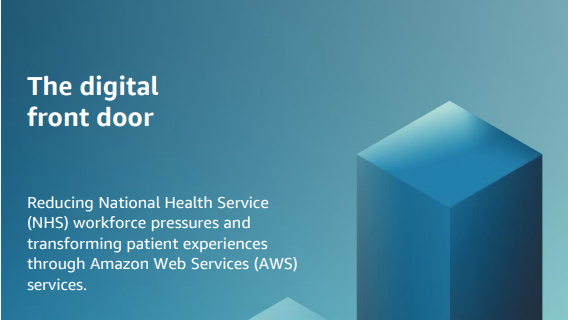
Remove the friction of interacting with the health system and reduce the demands on healthcare providers with AWS
AWS teased new AI features at the end of September as Amazon Bedrock reached general availability. The service provides customers with access to a range of generative AI models including Amazon’s own Titan foundation models and those made by Anthropic
The firm also promised to bring Meta’s open LLM Llama 2, which can be fine-tuned to compete with the likes of ChatGPT and even GPT-4 in certain tasks, to the platform in the coming weeks.
Asked if this meant Bedrock customers could soon have a choice between CodeWhisperer and Meta’s pair programmer offshoot of Llama 2, Code Llama, Seven indicated that AWS doesn’t see the two systems as competitors.
“Eventually. I'm sure, we'll have other models available that you can work with through APIs and eventually be able to do other things with them.
“It’s a little bit independent, CodeWhisperer is really more of an abstraction like, ‘’Hey, you don't want to get into the weeds of that, we've done that for you, we're presenting an application that does these things’.”
“Over the course of time, the vision for CodeWhisperer is really a productivity tool that is enabled by AI. And so, we look at all of the challenges that developers face when writing code and try to figure out ways that we can use these tools and technologies we have to make that easier.”

Rory Bathgate is Features and Multimedia Editor at ITPro, overseeing all in-depth content and case studies. He can also be found co-hosting the ITPro Podcast with Jane McCallion, swapping a keyboard for a microphone to discuss the latest learnings with thought leaders from across the tech sector.
In his free time, Rory enjoys photography, video editing, and good science fiction. After graduating from the University of Kent with a BA in English and American Literature, Rory undertook an MA in Eighteenth-Century Studies at King’s College London. He joined ITPro in 2022 as a graduate, following four years in student journalism. You can contact Rory at rory.bathgate@futurenet.com or on LinkedIn.
-
 Bigger salaries, more burnout: Is the CISO role in crisis?
Bigger salaries, more burnout: Is the CISO role in crisis?In-depth CISOs are more stressed than ever before – but why is this and what can be done?
By Kate O'Flaherty Published
-
 Cheap cyber crime kits can be bought on the dark web for less than $25
Cheap cyber crime kits can be bought on the dark web for less than $25News Research from NordVPN shows phishing kits are now widely available on the dark web and via messaging apps like Telegram, and are often selling for less than $25.
By Emma Woollacott Published
-
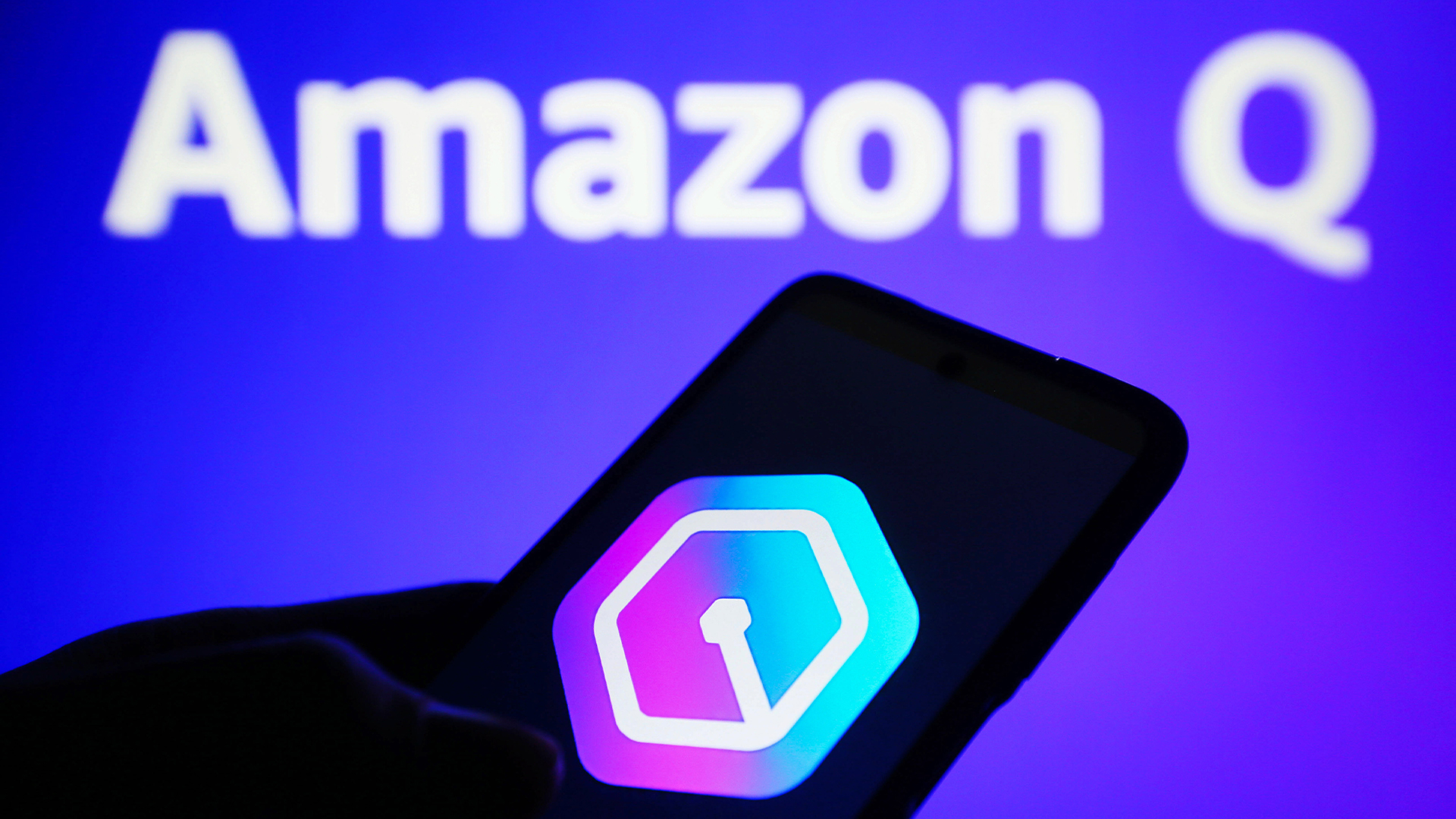 'Customers have been begging us to launch': AWS just rolled out Amazon Q Business in Europe – and it includes new data residency features
'Customers have been begging us to launch': AWS just rolled out Amazon Q Business in Europe – and it includes new data residency featuresNews AWS has announced the availability of its Amazon Q Business platform in Europe in a move sure to please sovereignty-conscious customers.
By George Fitzmaurice Published
-
 AWS sharpens sustainability focus as AI environmental concerns rise
AWS sharpens sustainability focus as AI environmental concerns riseNews The hyperscaler says sustainability plays a part in core decision-making in the age of AI
By George Fitzmaurice Published
-
 AWS goes all in on AI agents with new features for Bedrock and Amazon Q
AWS goes all in on AI agents with new features for Bedrock and Amazon QNews Agentic customizability is coming to Bedrock and the Amazon Q developer assistant
By George Fitzmaurice Published
-
 New AWS and Box collaboration brings AI models to enterprise content
New AWS and Box collaboration brings AI models to enterprise contentNews Box customers can now access Anthropic’s Claude and Amazon Titan foundation models within Box AI
By Daniel Todd Published
-
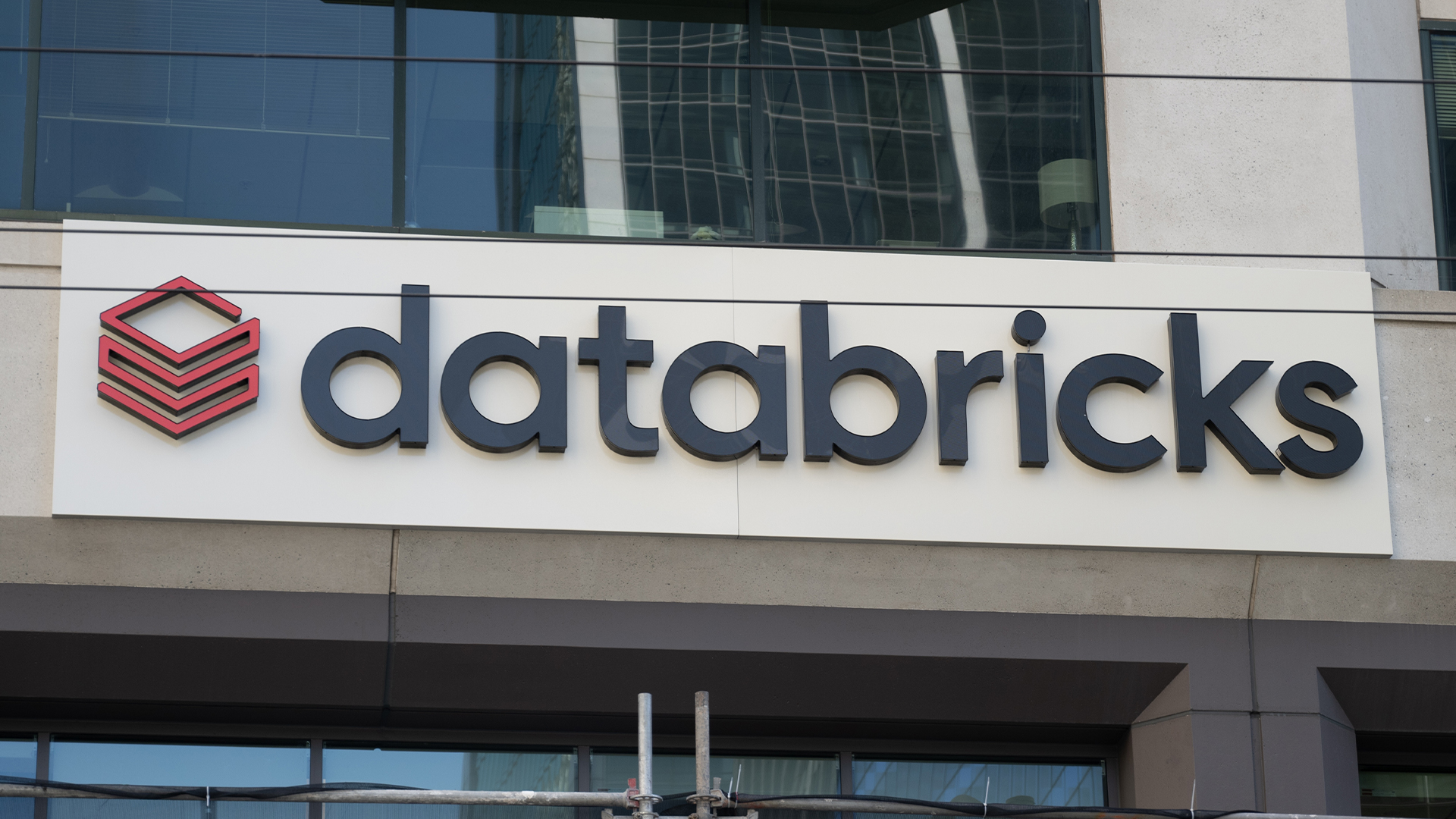 Databricks expands AWS partnership to drive generative AI capabilities
Databricks expands AWS partnership to drive generative AI capabilitiesNews The new agreement promises “unmatched scale and price performance” to help customers take genAI applications to market faster
By Daniel Todd Published
-
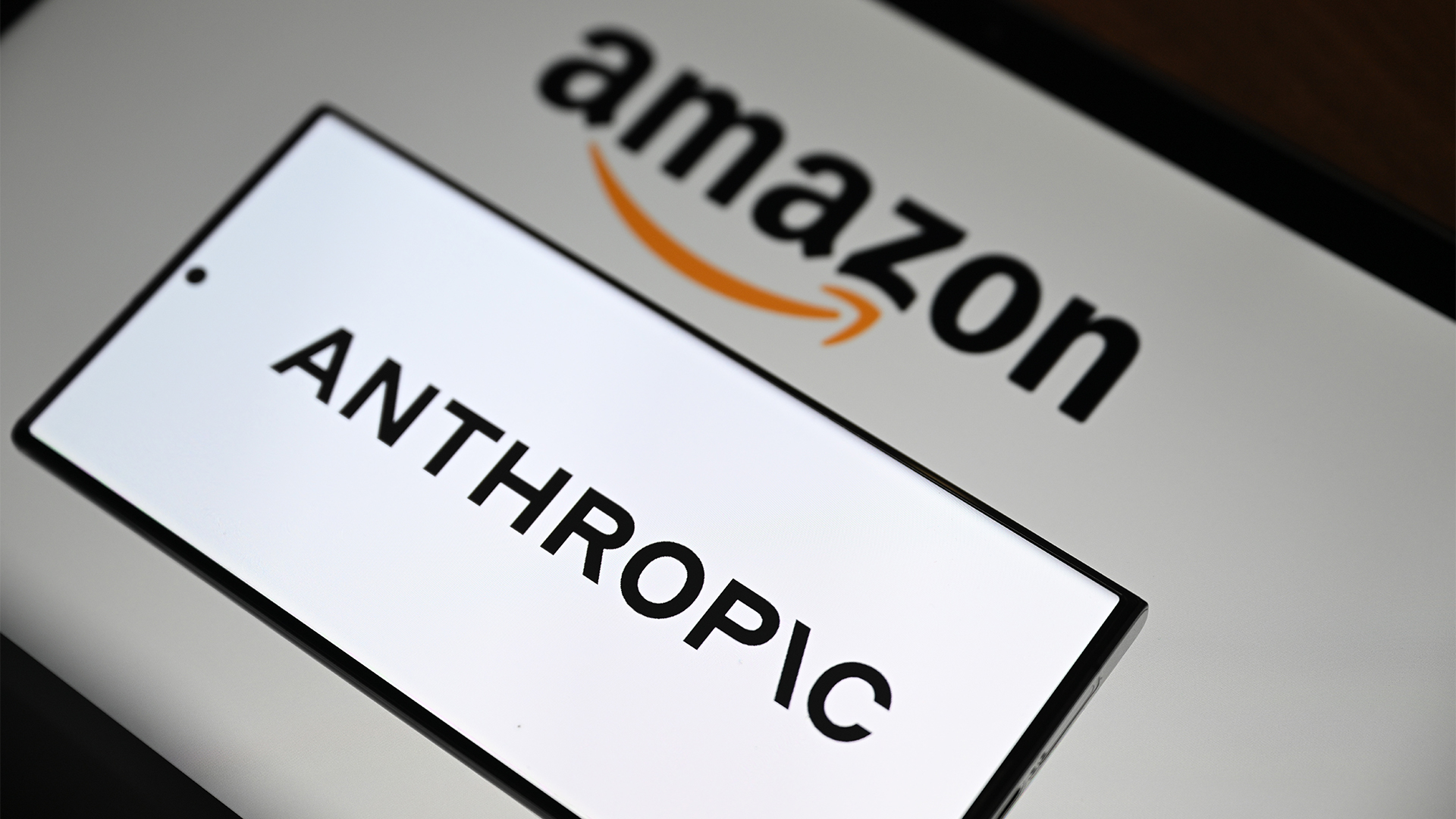 Amazon’s $4 billion investment in Anthropic faces UK competition probe – here’s what it means
Amazon’s $4 billion investment in Anthropic faces UK competition probe – here’s what it meansNews The CMA investigation into the Anthropic investment is the latest in a slew of probes by the competition regulator
By Emma Woollacott Published
-
 Hyperscaler AI spending is getting out of control — and Microsoft says it could take 15 years for it to make good on investments
Hyperscaler AI spending is getting out of control — and Microsoft says it could take 15 years for it to make good on investmentsNews Tech giants' results show billions being poured into AI infrastructure, but big leaps in revenue remain elusive
By Nicole Kobie Published
-
 ChatGPT could be facing some serious competition: Amazon is reportedly working on a new AI tool, ‘Metis’, to challenge the chatbot’s dominance
ChatGPT could be facing some serious competition: Amazon is reportedly working on a new AI tool, ‘Metis’, to challenge the chatbot’s dominanceNews Amazon could be preparing to mount a serious challenge on ChatGPT’s dominance with the launch of a new chatbot service
By Ross Kelly Published
